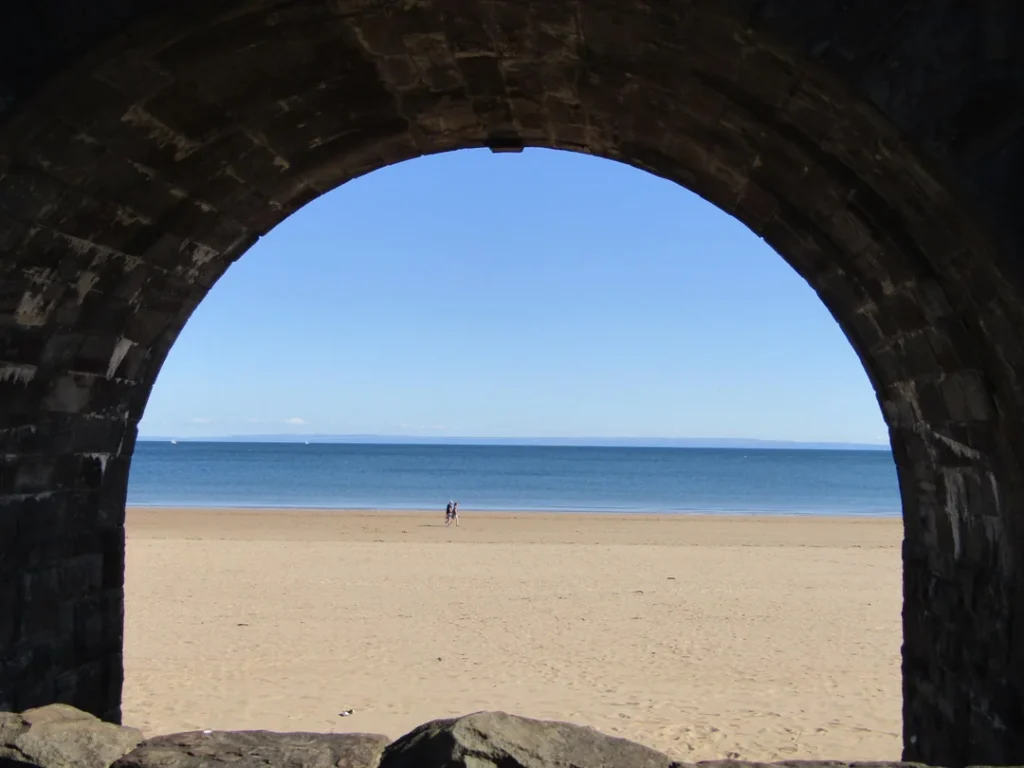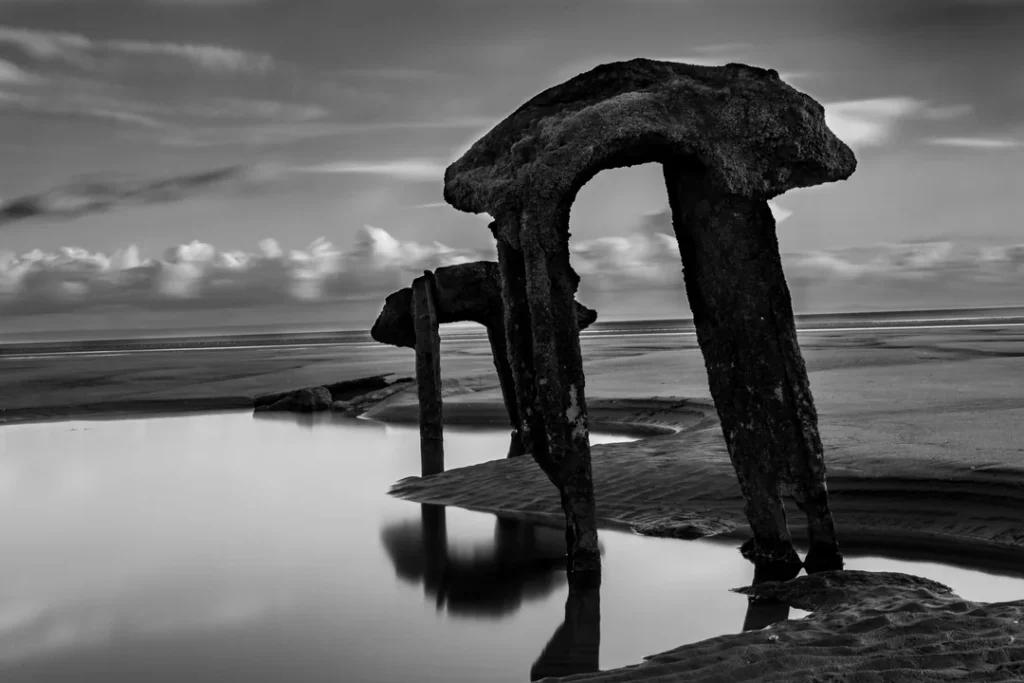Gladstone Pottery Museum
Gladstone Pottery Museum is in Longton, Staffordshire, England 1789. The museum is a fascinating place to visit, especially for those interested in pottery, history, or even for the popular TV show “The Great Pottery Throwdown”. The museum also hosts local artists and has a rich collection of pottery artifacts. Many people believe the museum is worth a visit, especially for pottery enthusiasts and those interested in historical architecture, industry, and history. Visitors can explore the old workshops and see how pottery was made. It offers a glimpse into the traditional methods of pottery making.
It reflects a comprehensive understanding of the pottery process. It is also recommended for those who are interested in the historical and traditional methods of pottery making. It offers visitors the chance to try their hands at the Potter’s Wheel. It also provides an opportunity to the people to paint their own pottery.
It is the only pottery in UK that still has a complete set of bottle ovens. These kilns were essential for firing pottery and are a distinctive feature of the traditional pottery. The museum represents a typical medium-sized pottery from the past providing an authentic glimpse into the working conditions and process of the time. It is also famous for its bottle kilns which is a sight to behold. These kilns were used to fire pottery at high temperature and their unique shape helped to distribute heat evenly.

Middleport Pottery
Middleport pottery is a historic pottery site located in Stoke-on-Trent. It has a rich history and offers visitors a unique glimpse into the traditional methods of pottery making
which have been preserved since the 19th century. Visitors can see the original bottle ovens and learn about the process of creating Burleigh Ware.
The site features one of the original seven bottle ovens which were used to fire pottery. It offers guided tours where visitors can see the pottery in action and learn about the different stages of production. While it doesn’t offer direct hands-on activities like painting posts, it provides a comprehensive look at the pottery making process.
It has a lovely cafe where visitors can enjoy traditional Staffordshire oatcakes and the local treats.
The site also includes a shop where you can purchase Burleigh pottery and other unique items. The pottery is located on the canal offering visitors the chance to take a scenic walk along the towpath.
The pottery is famous for its use of underglaze transfer printing method which has been stable for their production. It is recognised for its efforts in traditional pottery technique and historical artifacts. Traditional pottery techniques are rich and varied reflecting the ingenuity and creativity of artisans across different cultures and time periods. There are other techniques too which are used such as; coiling technique, pinching, slab building, wheel throwing, pulling and trimming.
Coiling techniques: This technique involves rolling clay into long ropes and stacking them to form the walls of a vessel.
Pinching: Creating a pot by squeezing and shaping a ball of clay.
Slab building: Rolling out flat sheets of clay and assembling them into various shapes.
Wheel Throwing: Wheel throwing is a classic technique that requires skill and precision.
Pulling: Lifting the clay from the bottom to create the walls of the pot.
Trimming: Removing excess clay to refine the shape and thickness of the pot.

Wedgwood Museum
The Wedgewood Museum is a must-visit place for anyone who is interested in the rich history and artistry of English ceramics. It is in Barlaston, near Stoke-on-Trent, England. It reflects the rich legacy of Josiah Wedgwood and his contributions to the pottery industry. Josiah Wedgwood was a master potter who founded the Wedgwood company in 1759. He was a pioneer in mass production and innovative ceramic techniques. The company continued to thrive in the 19th century, producing a wide range of decorative and utilitarian ceramics.
It has a variety of distinctive pottery types. Such as:
Jasperware: It is the most famous type of Wedwood pottery. It is a type of stoneware that has been colored throughout and is often adorned with classic motifs in white relief.
Queen’s Ware: Queen’s Ware is a cream-colored earth ware that was renamed in hour of Queen Charlotte in 1765. It is known for its smooth, glossy finish and versatility.
Black Basit: Black Basit is a type of stoneware that is fired to a high temperature, resulting in a dense, black body. It is often used for classical and neoclassical designs.
Portland Vase: The Portland Vase is a famous replica of a Roman glass vase. Wedgewood produced this iconic piece in Jasperware, and it is highly regarded for its craftsmanship.

Spode Museum Trust
The Spode Museum Trust is a fascinating place that showcases the rich history of Spode pottery. Spode was founded by Josiah Spode in the late 18th century. He is credited with developing the formula for bone China, which became a hallmark of English porcelain. It was a game-changer, offering a lighter, stronger alternative to traditional porcelain. Spode items often have distinctive marks, which can help in identification. One of the most famous patterns is the “Blue Window” which has both antique and reproduction versions.




